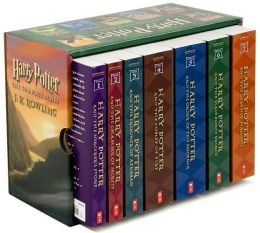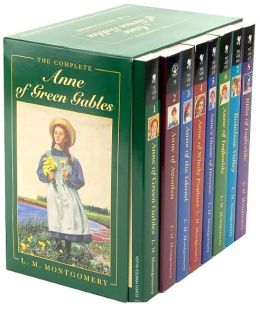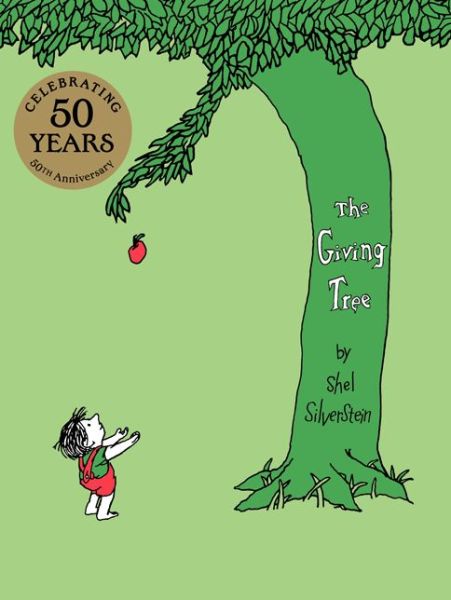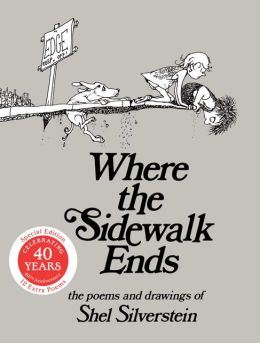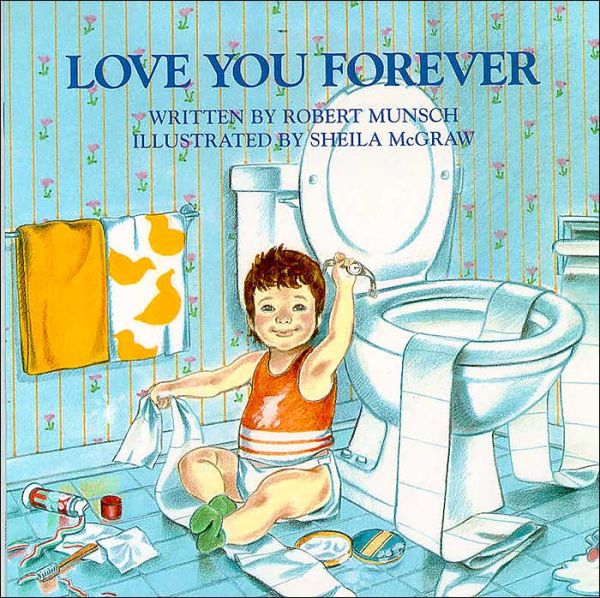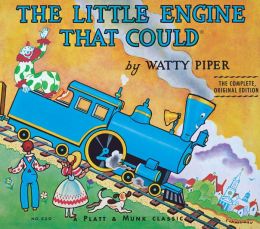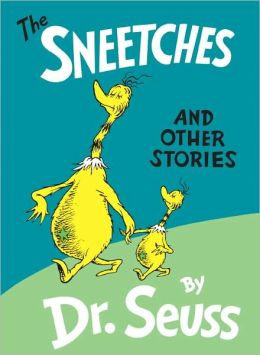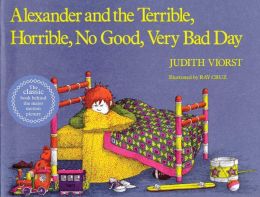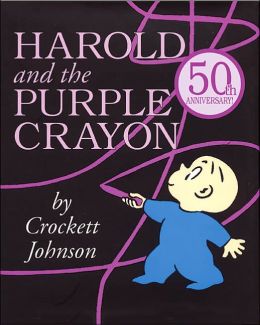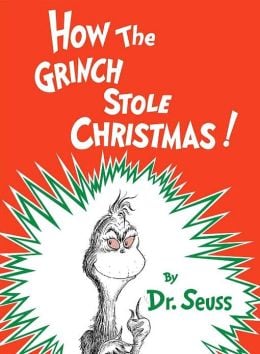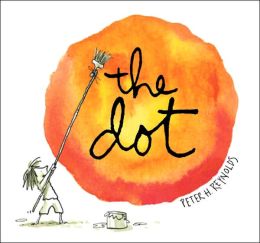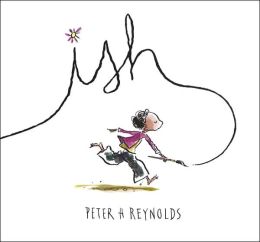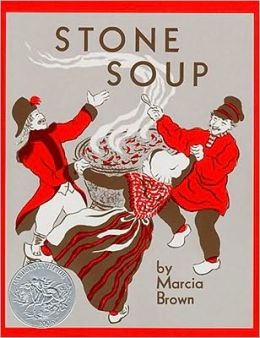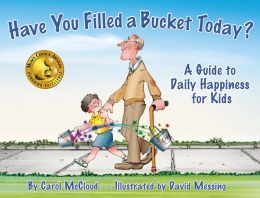Classic children’s books bring you back to a younger you. You visit them over and over, and they make you laugh – and sometimes cry. They are your favorite children’s books. They are clever and entertaining, and sometimes they teach you a lesson or two. Here are a selection of some of my favorite children’s books and why I think they would be a wonderful addition to any child’s collection. (Spoiler alert!)
1. Harry Potter (the Series) by J.K. Rowling
The Harry Potter books may not be old enough to be “classics,” but they will stand the test of time! The books seamlessly weave in and out of each other through Rowling’s masterful story development.
The Potter world is a child’s dream, opening the doors of imagination through magic, new locations, and quirky characters with real issues and fantastic character development. Rowling surpasses limits and takes us to new worlds and possibilities. All of the characters play their own role in the battle for the wizard/muggle world, and the heroes are children. The reader learns the value of teamwork, of courage and faith, of determination, of wits and study, and of unconditional love.
2. Anne of Green Gables (the Series) by Lucy Maude Montgomery
There’s bound to be mischief when a fiery redhead is involved! A compassionate decision to take in a young orphan girl forever changes the lives of an elderly pair. We are taken in by this character who teaches us about hope, about the many types of love, and about the many wacky adventures you can have with a very active imagination! As you read through the series, you grow up with Anne, giggling at her mishaps, shaking your head at her temper, and melting and weeping through her experiences with love.
3. The Giving Tree by Shel Silverstein
This is a book with soul; it’s my favorite on this list. I’ve cried every time I’ve read it. It starts as a simple story of companionship between a boy and a tree but transcends into the deepest sort of giving and love: the willingness to sacrifice everything – even oneself – for another. The reader experiences unconditional loving and giving, from a tree who hopes for affection and attention — but never expects it. We are moved in the end when the boy – now an old man – finally returns from his travels to spend the rest of his life with the tree who loves him.
4. Where the Sidewalk Ends by Shel Silverstein
Here’s the other side of Shel Silverstein … It’s hard not to love anything from this quirky, fun author! His poetry is well-written, entertaining, and keeps you on your toes. Large on the ridiculous and master of with the quick quip, Silverstein makes you think – while making you giggle!
5. Love You Forever by Robert Munsch
“I’ll love you forever, I’ll like you for always, As long as I’m living my baby you’ll be.” What’s not to love? This poetic affirmation is passed from mother to child as he passes through the different stages of his life. This story contains a beautiful example of the circle of love: between a parent and her child, between a son and his mother, and between the son/father and his new daughter.
6. The Little Engine That Could by Watty Piper
“I think I can; I think I can. I think I can. …” This is another great story with another great mantra. (I’ve actually chanted this to myself when biking up particularly nasty hills!) While the bigger guys find excuses not to help, the little engine saves the day by slowly and determinedly working toward his goal. It’s a great testimony to the power of thought and the importance of will power.
7. The Sneetches by Dr. Seuss
Dr. Seuss was such a master storyteller. His play with words and fanciful creatures and scenarios have brought a whole new level to children’s literature.
I chose this book in particular for its moral implications: this book may be the first written exposure a child has to discrimination and racism. The “Star-Belly” Sneetches are superior to their “Plain-Belly” counterparts because of their special adornment. When a fly-by-night, get-rich-quick schemer figures out a way to add and remove stars, pandemonium ensues.
In the end, the lines have been confused, and all of the Sneetches learn to accept each other. Through this story, the child is able to experience a separation, a progression through experiential learning, and a peaceful resolution that results in an evolution of the Sneetches.
8. Alexander and the Terrible, Horrible, No Good, Very Bad Day by Judith Viorst
I debated putting this one on the list because the title sounds so negative, and much of the book seems negative. But the ending has such a subtle, wonderful tie-up that puts the whole story in perspective.
From the moment he gets up, Alexander’s day seems to be one awful happening after another, starting with the gum that he fell asleep with in his mouth that has ended up in his hair. From missing prizes in the cereal box to scoldings from the teacher and being picked on by his older bothers, nothing seems to go right for Alexander. He’s ready to throw in the towel and move to Australia.
His mother is the one who puts the whole day in perspective with her well-chosen response: “Some days are like that. Even in Australia.” Her simple quote reminds us of the power of perspective, while also giving us permission to have some not-so-pleasant, messy days.
9. Harold and the Purple Crayon by Crockett Johnson
What a fanciful, magical book — so simple in its presentation and so freeing and expansive in its creation! The world is Harold’s oyster as he creates his reality with the markings of his purple crayon. This is an excellent example for children of imagination, visualization, and thinking outside the box!
10. The Polar Express by Chris Van Allsburg
Do you believe? I still remember my grandma reading this one to me … In this book we join the young narrator on a magical trip to the North Pole! We feel his wonder and delight as he gets to experience the beginning of Christmas, and we marvel at his humble, original request from Santa: a small bell from one of the reindeer’s harnesses. This story is about the power of faith and of holding to a belief, despite the passing of time and the disbelief of others: “At one time, most of my friends could hear the bell, but as years passed, it fell silent for all of them. Even Sarah found one Christmas that she could no longer hear its sweet sound. Though I’ve grown old, the bell still rings for me, as it does for all who truly believe.”
11. How the Grinch Stole Christmas by Dr. Seuss
This is another classic Suess book, filled with fanciful creatures and towns, wrapped up in a holiday theme. But it is so much more than that. It explains the true nature of giving and love, of joy without expectation and attachment. It’s about community, and it’s about loving — just because.
The Grinch hates Christmas — he cannot understand it! He thinks he will destroy Christmas by stealing all of the Christmas presents and trappings from the nearby town of Whoville. However, he discovers he hasn’t stolen Christmas at all. Christmas is intangible; it is love and joy. When the Grinch sees how his actions have not affected the Whos of Whoville, understanding finally reaches him. His heart is opened and actually grows — three extra sizes!
12. The Dot, and 13. Ish by Peter H. Reynolds
These two stories are fantastic together. I learned about these treasures in a teacher’s workshop, and I recommend them to any educator or parent.
I have a plaque on my shelf that reads, “The greatest gift anyone can give is encouragement.” In The Dot, a young girl does not believe she is an artist. Her teacher encourages her to start small — with a dot — and honors the girl’s piece on display the next day. A whole world opens up to the young girl, culminating in an exhibit of all of her dot projects. The book concludes in her encouragement of another discouraged, reluctant art student.
Ish starts in disaster but takes a turn and parallels the encouraging nature of The Dot. Young Ramon excitedly draws picture after picture, but he is discouraged and quits when his older brother laughs at his work. It’s his younger sister who sees the hidden beauty and creativity of his “Ish” art (“Vase-ish!”), and Ramon’s inspiration leads him to surpass his previous explorations, even delving into “ish” writing. He even takes a moment to stand back and appreciate the simplicity and beauty of the world around him.
14. Stone Soup by various authors, illustrated by Marcia Brown
Though this story may seem a little crafty or tricksy, it is a great allusion to the importance of sharing. Give and receive — a little from everyone goes a long way! Some hungry strangers approach the nearby town, asking for some food. At first, no one has anything to spare. But once the townspeople hear about the strangers’ special “stone soup,” they miraculously find a little extra in their stashes to add to the pot. In the end, all partake in the wonderful final concoction.
15. The Giver by Lois Lowry
Can’t we all just get along? The citizens in The Giver believe they have found the solution: creating sameness by eliminating color, eliminating emotions, eliminating attachments, and limiting choice and individuality. When some young individuals get a taste of the real world, they realize all that they have been missing and are determined to set things right. This book is a testimony to the beauty of the human experience, to the benefit of emotions, to the senses, to growth, and to free choice. This may be a little heavy for younger kids but is more accessible for them than 1984 by George Orwell!
16. Have You Filled a Bucket Today? by Carol McCloud
Are you a bucket-filler? It’s a fantastic analogy for kids (and adults)! A substitute teacher introduced this book to me, and I immediately begged to borrow it, so that I could use it with my students. Every day you have the chance to be a bucket “filler” or “dipper” through the words and actions you choose. This can be used as a great end-of-day self-reflection or even a great objective tool in the moment: “How did I do? How can I be more of a bucket-filler?”
Are these the books in your top 16? I hope you’re inspired to dust off some of these goodies and read and enjoy them all over again!

